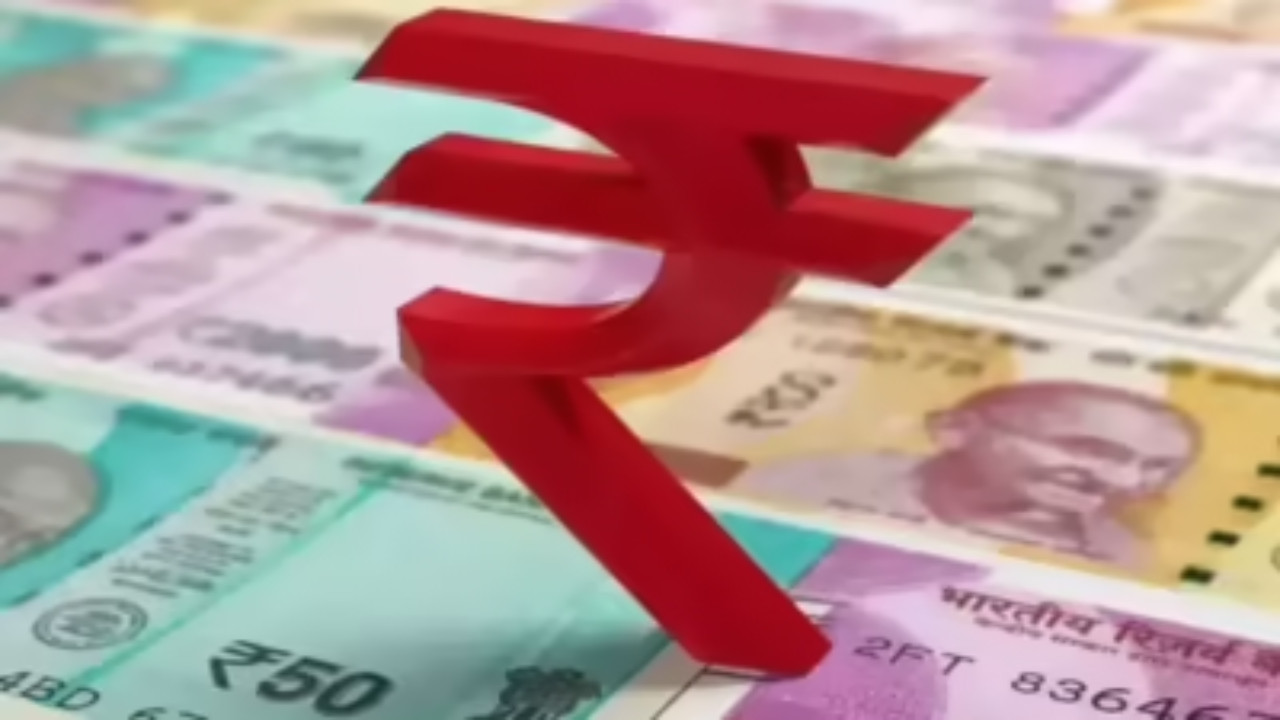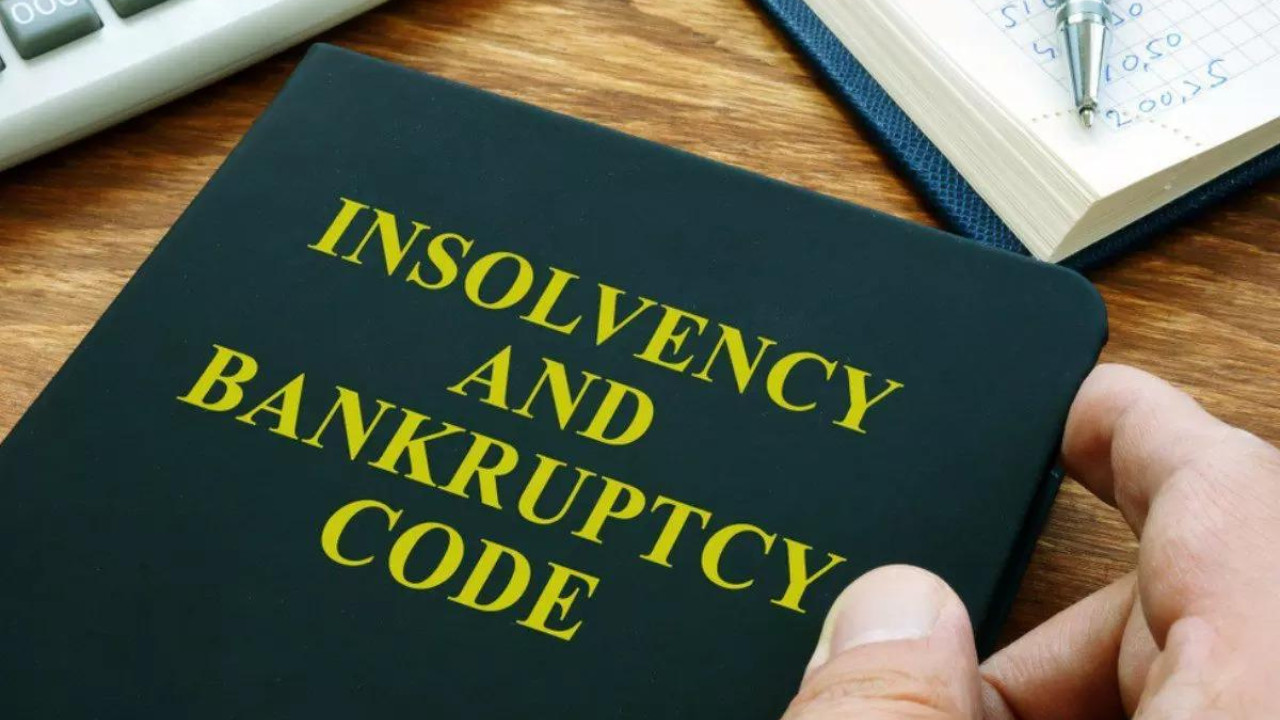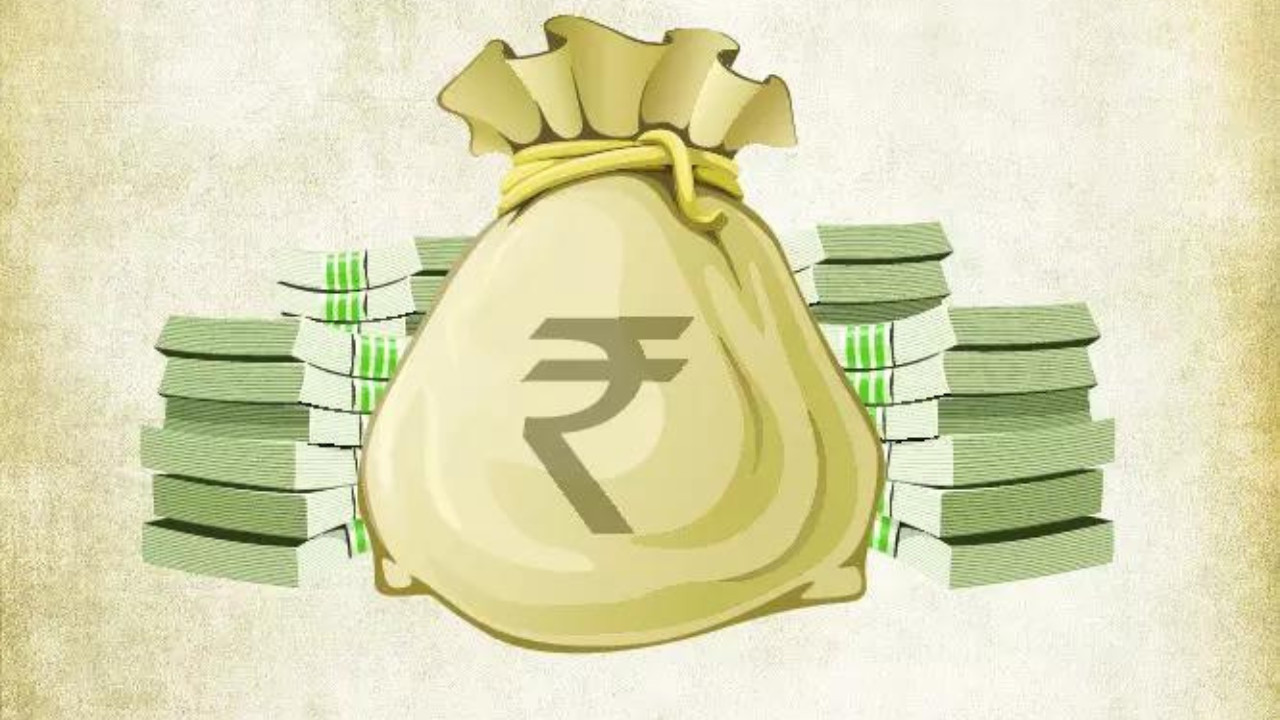The rupee marginally strengthened against the US dollar, closing at 85.52, supported by a weaker greenback and anticipation of Federal Reserve rate cuts. However, a sharp decline in domestic equities, with the Sensex and Nifty falling significantly, and rising crude oil prices, limited the rupee’s gains. Foreign institutional investors also offloaded equities, further impacting market sentiment.
The Rupee Rides a Rollercoaster: What’s Up With the Indian Currency?
Okay, friends, let’s talk rupees. You know how sometimes you feel like you’re juggling a bunch of bowling pins while riding a unicycle? That pretty much sums up what’s been happening with the Indian currency lately. It’s been a bumpy ride, to say the least.
Yesterday was a particularly interesting chapter in the rupee’s ongoing saga against the mighty dollar. Picture this: the markets are jittery, the stock market’s doing a nosedive, oil prices are spiking faster than you can say “inflation,” and the rupee’s trying to hold its ground. It’s like a financial stress test on steroids.
The closing bell saw the rupee landing pretty much where it started – at 83.52 against the US dollar. Flat. As in, no real movement. Sounds boring, right? But behind that seemingly calm surface, a whole lot of frantic paddling was going on.
So, what’s causing all this financial turbulence? Well, the first thing to understand is that the rupee doesn’t exist in a vacuum. It’s constantly being influenced by global winds. Right now, those winds are pretty strong and pretty unpredictable.
Let’s start with the stock market crash. Now, I’m no financial guru, but even I know that a plummeting stock market doesn’t exactly inspire confidence in an economy. When investors get nervous, they tend to pull their money out and run for the perceived safety of the dollar. This increased demand for dollars weakens the rupee. It’s a classic case of risk aversion.
And then there’s oil. Oh, oil. That sticky, black gold that fuels, well, everything. India, being a major importer of oil, gets hit hard when prices rise. Think about it: we need to buy dollars to pay for that oil. So, a spike in oil prices means more demand for dollars, which, again, puts downward pressure on the rupee. It’s a vicious cycle.
Now, here’s where things get a bit more nuanced. You might be wondering, “If all these things are pushing the rupee down, why didn’t it just collapse?” Good question! This is where the Reserve Bank of India (RBI) comes into the picture. Think of the RBI as the rupee’s bodyguard. It steps in to protect the currency from wild swings.
They likely intervened in the market yesterday, selling dollars from their reserves to shore up the rupee. This intervention is like applying a temporary brake to a speeding car. It slows things down and prevents a complete meltdown.
The fact that the rupee managed to stay relatively flat despite all the headwinds is a testament to the RBI’s actions. It suggests that they’re keeping a close eye on things and are willing to step in when needed.
But here’s the thing: interventions can’t last forever. The RBI’s reserves are finite. And constantly propping up the rupee is like trying to hold back the tide – eventually, the tide will win.
So, what does all this mean for you and me? Well, it depends on what you’re doing. If you’re planning a trip abroad, a weaker rupee means your vacation will cost more. If you’re an exporter, a weaker rupee can actually be beneficial, as it makes your goods more competitive in the global market.
Ultimately, the rupee’s fate hinges on a complex interplay of global and domestic factors. What happens with the stock market? Where will oil prices go? How aggressive will the RBI be in its interventions? These are all questions that will shape the rupee’s trajectory in the coming weeks and months.
One thing is certain: the rupee is unlikely to settle into a long period of calm. The global economy is simply too volatile right now. We can expect more ups and downs, more periods of uncertainty, and more moments where the RBI will have to step in to keep things from spiraling out of control.
Keep an eye on the markets, stay informed, and maybe, just maybe, consider diversifying your investments. Because in this financial rollercoaster, a little bit of prudence can go a long way. And remember, I’m just a content writer, not a financial advisor. Always do your own research and consult with a professional before making any investment decisions. This is just a plain English breakdown of some very complex economic trends.
📬 Stay informed — follow us for more insightful updates!







